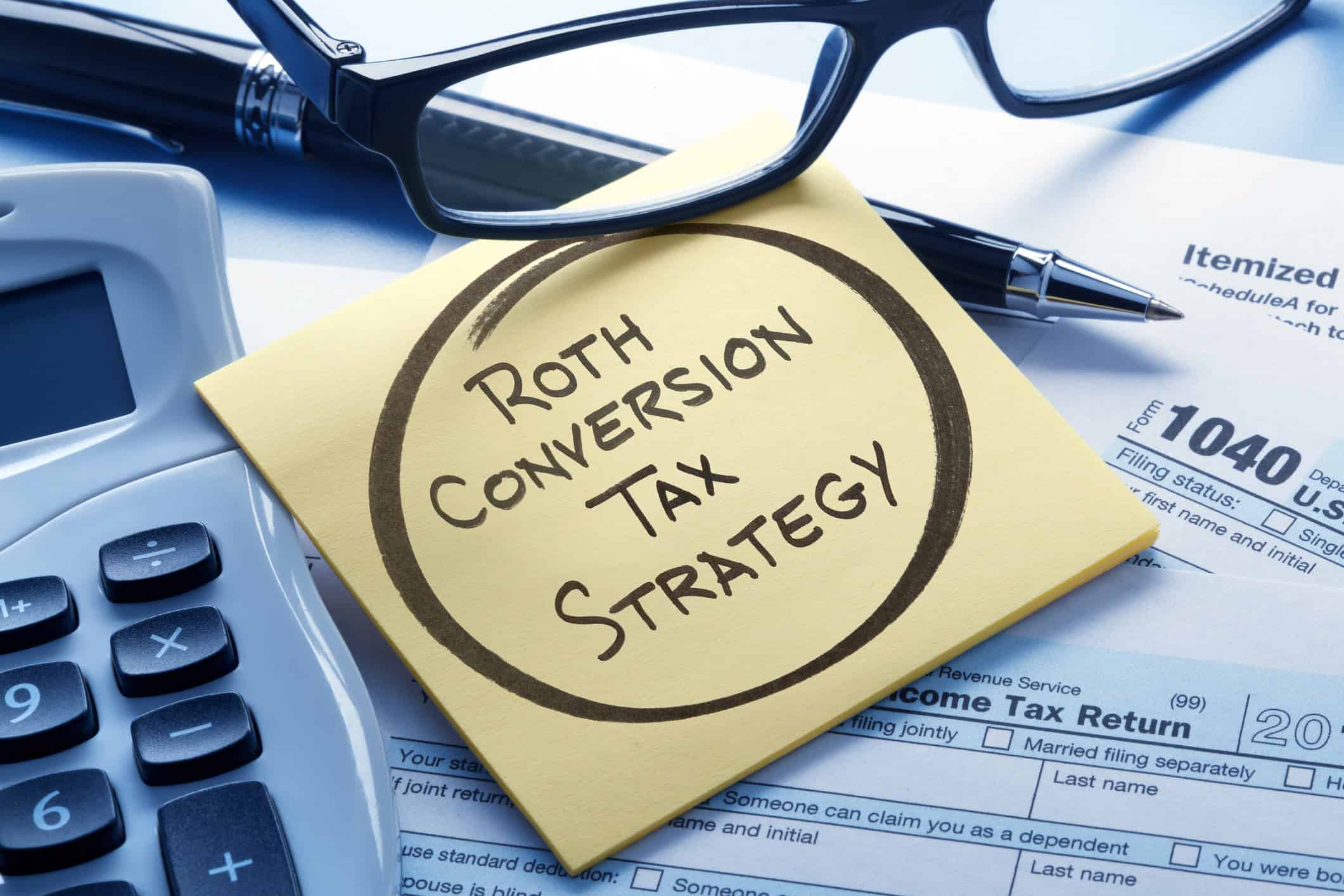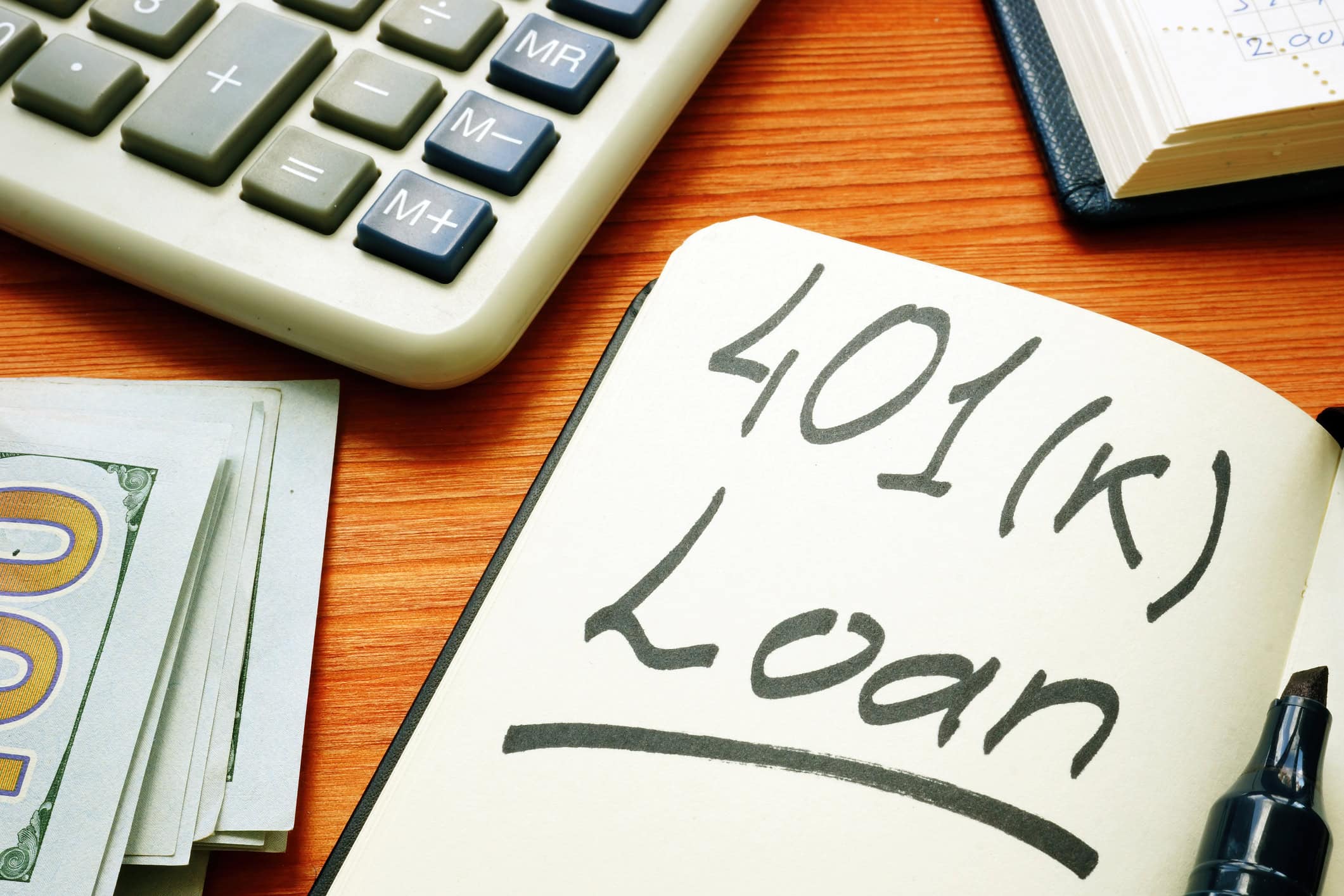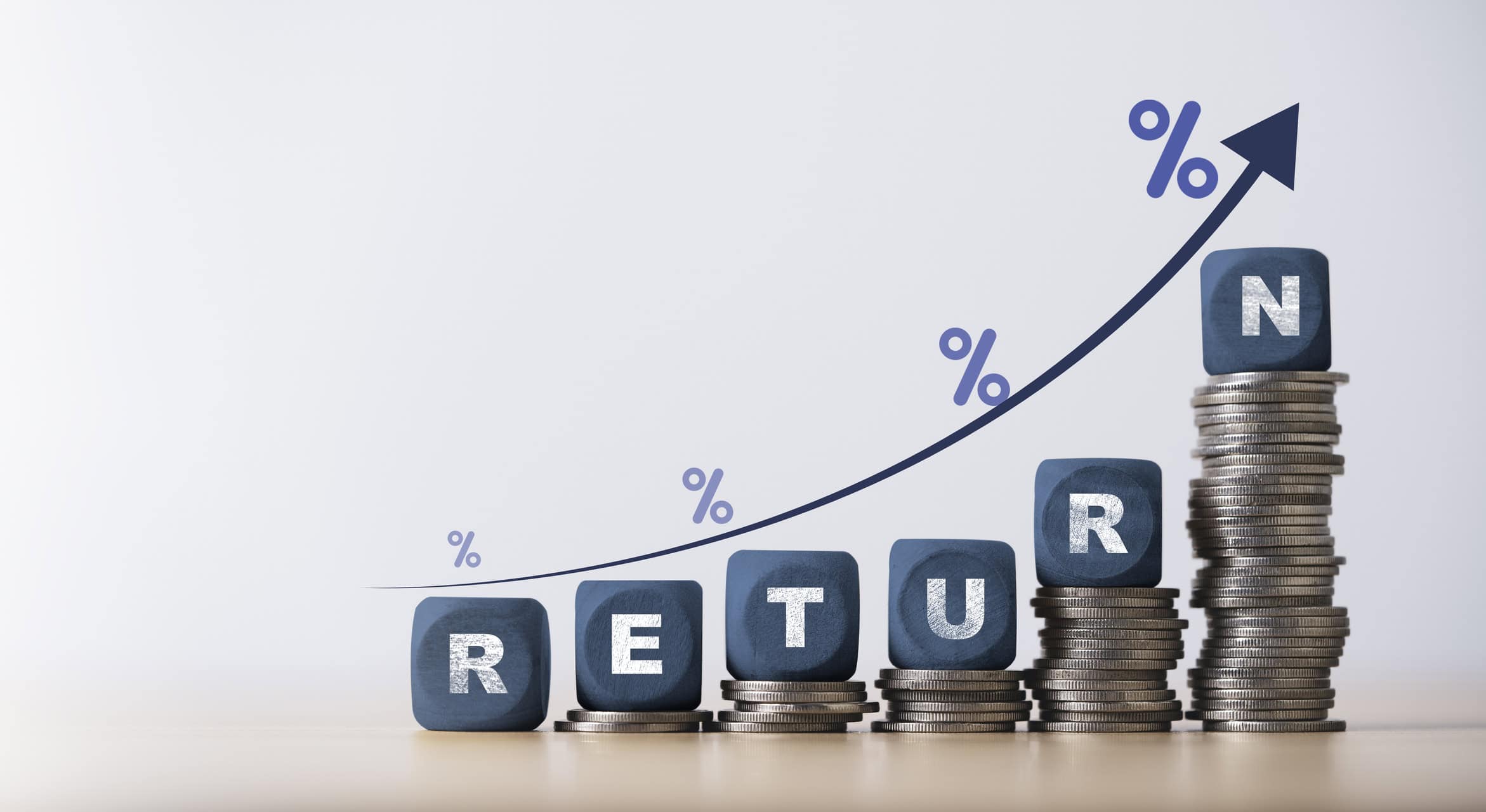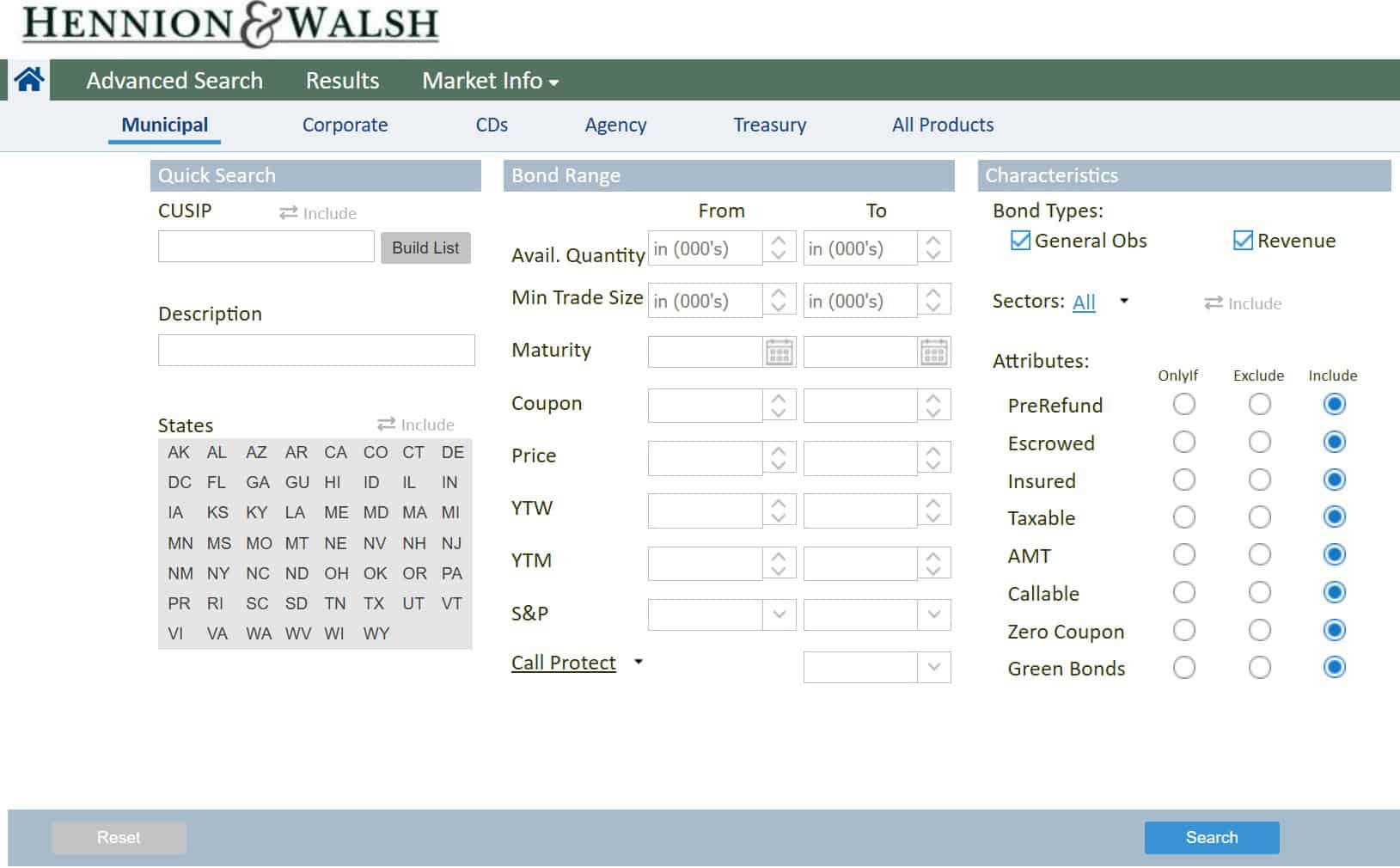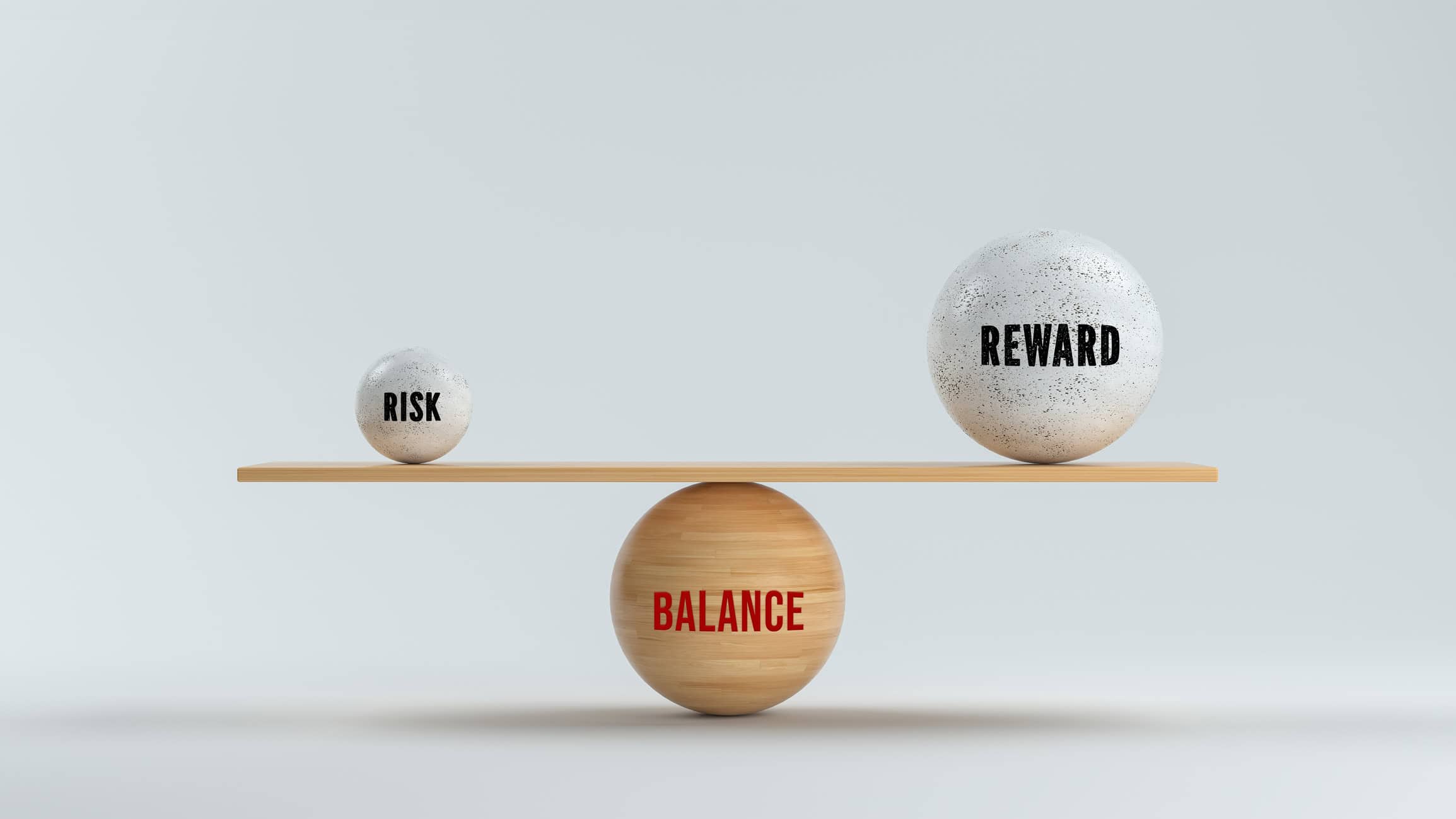
Risk Tolerance: What Is It and How Can I Measure It?
People often hear that investing involves risk, but what does that really mean for you personally? One key concept that every investor should get comfortable with is something called risk tolerance. This idea is at the center of every financial decision and portfolio choice; it determines how you approach the ups and downs of the market.
Why Risk Tolerance Matters in Investing
Risk tolerance is about your personal comfort level with the possibility of losing money in pursuit of financial growth. Imagine two investors: Taylor and Morgan. Taylor gets anxious when checking a falling portfolio and sleeps poorly during volatile stock market weeks. Morgan, on the other hand, feels calm and sees downturns as opportunities to buy more.
These differences shape not only how much money each person might be willing to invest in stocks or bonds but could also influence their returns over the years. The more accurately you can gauge your investment risk tolerance, the better you can select a mix of investments that aligns with your emotional and financial needs.
Not everyone should have the same portfolio. Your risk profile in investing will help you match your investments to your temperament rather than try to fit yourself into someone else’s strategy.
Risk Tolerance, Risk Capacity, and Risk Perception: Not Quite the Same
It’s easy to confuse risk tolerance with other related concepts. They sound similar, but their differences can make a profound impact on your investment decisions.
Here’s how these terms break down:
| Term | What It Means | Example Situation |
| Risk Tolerance | How much investment loss or volatility you can handle emotionally | “Can I stomach a 20% drop in my account?” |
| Risk Capacity | The actual, objective amount of risk you can afford financially | “Will a loss jeopardize my retirement?” |
| Risk Perception | The way you view or interpret risk, sometimes inaccurately | “Stocks always crash in recessions.” |
In the table above risk tolerance is about your feelings. Risk capacity is about your financial facts. Risk perception is about your beliefs and can be shaped by the latest news or even stories you hear from others.
Picture someone with high financial capacity (young, big salary, few responsibilities) but low risk tolerance (worries a lot). They might invest too conservatively and miss out on growth. Meanwhile, a retiree with little income but high risk perception (believes only stocks are worth owning) might invest too aggressively. Matching all three requires honest self-reflection.
How Your Tolerance for Risk Shapes Your Investment Portfolio
Think about your investments as ingredients in a recipe. Some people want spicy — more stocks, more potential gain, but also more “burn.” Others are drawn to mild — more bonds and cash, safer but with fewer fireworks.
Let’s see how risk tolerance influences real-world choices:
- Conservative investors might prefer government bonds, certificates of deposit, and large-cap dividend-paying stocks.
- Moderate investors could mix stocks and bonds, seeking a balance between growth and stability.
- Aggressive investors tend to favor small-cap stocks, international equities, or even speculative assets, accepting higher swings in value.
Here’s a simplified view of what different portfolios might look like:
| Investor Profile | Typical Stock Allocation | Typical Bond Allocation | Cash/Other |
| Conservative | 20% | 70% | 10% |
| Moderate | 60% | 35% | 5% |
| Aggressive | 85% | 10% | 5% |
If your risk tolerance is low and you are heavily invested in stocks, you might panic during downturns and sell at the worst possible time. If you love risk but your portfolio is heavy on bonds, you may become frustrated with underwhelming returns.
How to Assess Risk Tolerance
Assessing investment risk tolerance might sound daunting, but there are practical ways you can get a clearer picture. Consider starting with any of the following methods:
1. Risk Tolerance Questionnaires
Many brokerages and financial advisors provide questionnaires to assess how you might react in different market situations. These quizzes ask about:
- Comfort with losses
- How you handled past financial setbacks
- Your investment goals and time horizon
Your responses can help create a risk profile in investing that’s tailored to you.
2. Online Financial Planning Tools
Some robo-advisors and wealth management platforms offer sophisticated algorithms. After answering a series of questions, they’ll suggest an asset allocation based on your comfort with market risk.
Popular tools often ask things like:
- How would you feel if your portfolio lost 15% in a year?
- Would you sell, buy more, or do nothing?
These tools automate much of the analysis, giving fast feedback.
3. Behavioral Indicators
Sometimes, actions speak louder than intentions. Talk with yourself: how did you react last time the markets plunged? Did you rush to cash, or did you see it as an opportunity?
Your real-world behavior can offer insights that no form or survey can replicate. If you tended to sell during a market decline, you might want to build in more safety than you think.
4. Working with a Financial Advisor
Experience and outside perspective are valuable. A professional can walk you through the key elements of an investing risk profile, ask probing questions that self-administered forms might miss, and spot mismatches between your financial plan and emotional capacity.
Advisors can also implement regular check-ins, since your investment risk tolerance might change during different life seasons.
5. Periodic Reviews
Life isn’t static, and neither are emotions. Birth of a child, new job, divorce, or simply aging can all affect your feelings about risk.
Schedule time annually to reevaluate. Does your latest risk profile in investing line up with how you feel now?
What Shapes Your Comfort With Investment Risk?
No two people respond to uncertainty the same way. Several factors combine to shape your risk tolerance:
- Age: Younger investors often take more risk for higher growth potential.
- Income and net worth: A bigger financial cushion can make swings easier to bear.
- Experience: Time spent watching the market’s cycles can make uncertainty more manageable.
- Financial goals: The urgency of a financial target shifts your risk lens. Saving for a house in 2 years is different from retirement in 30.
- Personality traits: Some are naturally patient; others aren’t.
Societal attitudes, family upbringing, and even headlines can influence your risk perception. Sometimes, your view of risk is shaped less by data and more by stories or recent memories of a crash.
Common Misunderstandings About Investment Risk Tolerance
A few myths persist regarding risk tolerance:
- “It’s static and unchangeable.” In reality, your risk comfort may float with your financial situation and the world around you.
- “High risk means better returns.” While equities often outperform in the long-term, aggressive investing isn’t a guarantee of riches. The journey can also test your nerves at an unexpected moment.
- “All I need is a questionnaire.” These are helpful tools, but reflection and real-world behavior matter just as much.
- “Low risk means no risk.” Even the safest portfolio faces some chance of loss, whether from inflation or unexpected market swings.
How to Adjust Your Portfolio After Assessing Your Risk
After understanding your risk profile in investing, making changes can feel overwhelming. Start small if you need to. Here are a few smart ways to realign your investments:
- Rebalance your assets once a year, trimming positions that have grown too large.
- Gradually diversify with mutual funds or ETFs that address your risk preferences.
- Regularly monitor performance, not just price changes. Are your investments supporting your overall plan?
- When in doubt, favor steady, incremental shifts over sweeping changes.
Professionals can help navigate these adjustments, making sure you avoid costly mistakes or emotional decisions during times of stress.
Why Getting It Right Matters
Selecting investments that fit your risk profile isn’t just a numbers game. It’s emotional, too. When your portfolio matches your comfort with investment risk, you’re more likely to stick to your plan, instead of making anxious moves when the market surprises everyone.
People who invest with confidence often reach their goals more reliably. Uncertainty is a part of investing, but being honest about your risk tolerance gives you a sturdy anchor.
Take the Next Step: Know Yourself, Plan Your Path
One of the most valuable investments you can make is understanding your personal investment risk tolerance. Take an assessment from your brokerage, try a questionnaire, reflect on your past reactions, or set up a conversation with a trusted financial advisor.
Ready to make smarter investment decisions? Assess your risk tolerance today, or reach out to a financial advisor who can guide you toward a portfolio that matches both your emotions and your long-term plans. The better you know your comfort zone, the better your investments can serve you along the way.
Disclosures:
This commentary is not a recommendation to buy or sell a specific security. The content is not intended to be legal, tax or financial advice. Please consult a legal, tax or financial professional for information specific to your individual situation. Investing involves risk including possible loss of principal. Past performance is no guarantee of future results. Diversification does not guarantee a profit or protect against loss.
